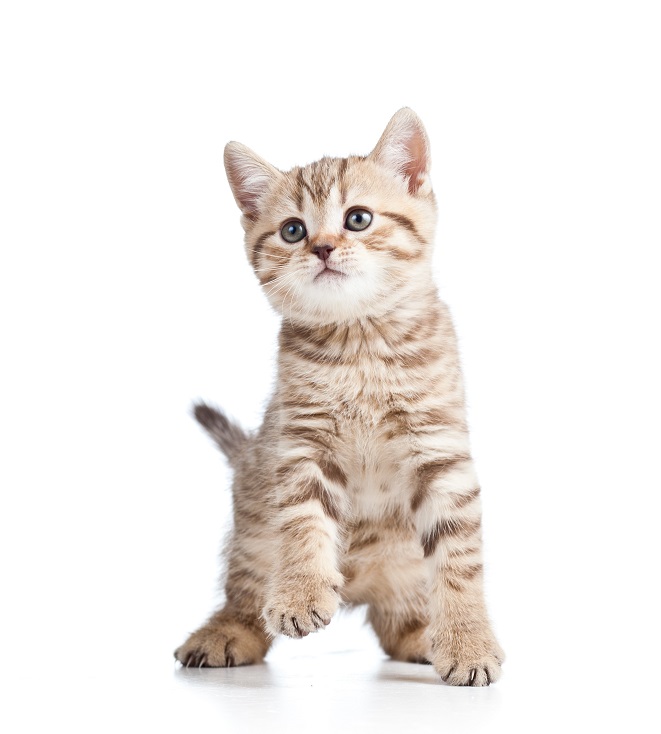Osteoarthritis in Animals
Osteoarthritis affects the entire musculoskeletal system, particularly the spine. It results
in the irreversible degradation of articular cartilage and changes in joint structure.
Differences Between Arthritis and
Osteoarthritis
Arthritis is an inflammatory condition of the joint, resulting in pain, swelling, and a local
heat sensation, with or without redness. Its origin can be infectious, inflammatory,
genetic, or result from an intolerance to food.
Osteoarthritis is a degenerative condition of cartilage wear, leading to progressive
destruction, without inflammation, affecting all joints at the end of their growth. It is
mainly due to two factors: Genetics and body mechanics.
Pain is the major clinical sign of osteoarthritis.
Lifestyle (diet, exercise), medications, physiotherapy, osteopathy, and surgery can
slow its progression and bring about a better quality of life for the animal; however,
prevention must be a priority.
Articulation, Cartilage, Synovial Membrane:
What Are They?
The joint is the juncture between two bones of the skeleton; it enables movement.
At this level, the extremities of the bones are smooth, rounded, and covered with
a layer of cartilage.
The joint is closed by a synovial membrane containing the synovial fluid, and
maintained by ligaments and an articular capsule.
Cartilage is the white, slightly translucent, smooth, shiny surface that covers joint
surfaces. It is an elastic and resilient tissue. With each movement, it allows the
articular surfaces to slide on one another.
Synovial fluid, or synovia, is a clear, colourless, thick, viscous liquid secreted by
the synovial membrane, which has three functions: to filter, lubricate, and
absorb shocks.
Construction and Destruction of Cartilage
The cartilage is made up of water, chondrocyte cells, and collagen fibres. It is this
fibrous matrix that gives the cartilage its properties (elasticity, resistance, and
shock absorption).
Cartilage is constantly renewed through the process of destruction and
reconstruction of chondrocytes.
What Happens During Osteoarthritis?
During osteoarthritis, there is a rupture in this fragile equilibrium:
- Increased destruction
- Disturbance of construction
- Production of poor-quality fibres
This results in pain, loss of function, and loss of mobility.
Who is Affected by Osteoarthritis?
It is estimated that one in five dogs is affected by this condition. Cats are equally
affected. Contrary to popular belief, young animals may also be affected by
osteoarthritis, for example in the case of:
- Obesity (the return to a normal weight from obesity decreases risks by 30%);
- Trauma, repeated microtrauma (e.g. training ground being too hard);
- Bad alignment (check claws in small animals);
- Excessive physical activity or training too young;
- Rapid growth or being overweight during development;
- Poor diet; and
- Predisposition: Some large breeds, such as Labrador, German shepherd,
Bernese mountain dog, great Dane, etc., are predisposed to this condition.
Osteoarthritis is not exclusively age-related: Many factors affect its manifestation!
What Can I Do If My Pet Gets Osteoarthritis?
There is no cure for osteoarthritis. However, you can:
- Prevent its appearance;
- Slow down its evolution;
- Offer relief to your pet; and
- Improve your pet’s comfort level.
Managing the Condition Requires Multiple
Actions and Aims to “Break” the Vicious
Circle

Maintain Movement and Preserve Muscle
- Moderate and regular exercise is essential
- Passive and active physiotherapy exercises may be necessary
Diet
- Steer clear of processed and refined foods that acidify the body
- Avoid overfeeding (to prevent excess weight)
- Foster optimal growth
- Avoid transformed and refined foods that acidify the organism
Anti-Inflammatories
- Explore the use of NSAIDs and corticosteroids during flare-ups. Caution: Their long-term
use is contraindicated, especially in older animals.
Natural Supplements
- Regular supplementation with glucosamine, collagen, Devil’s claw, omega-3,
antioxidants, and turmeric should be part of caring for the aging animal.
It is never too early or too late to start using a supplement to maintain good joint
health. Dogs and cats of all breeds can benefit from supplementation starting from
the age of 2 months, given one to two times a week for prevention.
 Manon Choquette
Manon Choquette
Phytotherapist graduate and President-Founder of the Zanimo
company; natural products designed for the health and
wellbeing of pets since 1999.
www.zanimo.com

 Stores
Stores